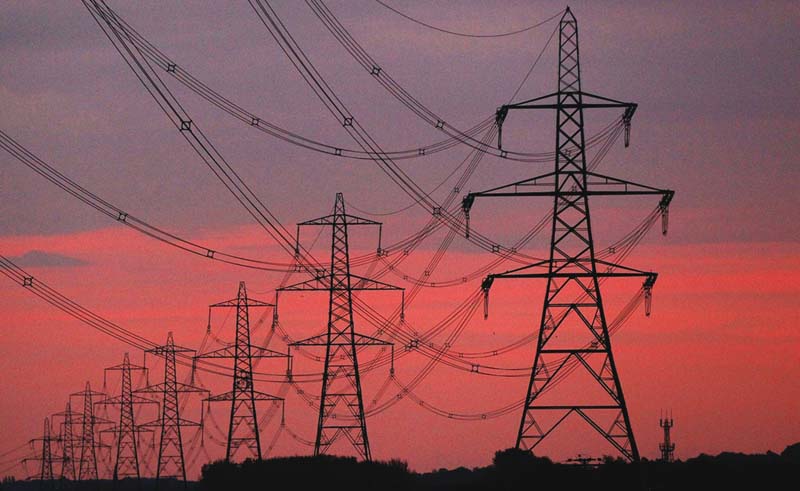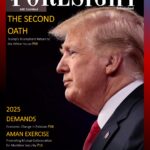ISLAMABAD:
The government was expected to cut power tariff by up to Rs1.71 per unit for all consumers of power distribution companies (DISCOs) and K-Electric (KE) for the next three months as part of a tariff relief plan likely to be announced after Eidul Fitr, sources said on Friday.
They said that the National Electric Power Regulatory Authority (Nepra) was set to allow the increase in the tariff differential subsidy (TDS) by Rs1.71 for all consumers for the months of April, May and June. They added the reduction would be part of the plan to reduce power tariff by up to Rs6 per unit.
The federal cabinet in its meeting on March 26 approved the increase in the TDS for all consumers, except the lifeline domestic users, by Rs1.71 per kilowatt hour (kWh) for April-June quarter of the current fiscal year, in line with efforts to reduce consumer-end tariffs and improve demand.
According to a motion filed by the federal government with Nepra, the increase in the TDS aimed at balancing the fiscal burden and maintaining the power sector’s sustainability. Nepra has scheduled a public hearing on the motion on April 4.
As per the Nepra’s determinations of July 11 and 13, 2024 and notified by the federal government, the national average rate for FY 2024-25 amounted to Rs35.50 per unit. However, the government notified national average tariff at Rs32.99 per unit, while bridging the gap through the TDS.
Furthermore, the government has maintained a uniform consumer-end tariff for the KE consumers through incorporation of the TDS. The per-unit additional TDS for all consumers of Discos and KE, except lifeline domestic, was estimated at Rs1.71/kWh for April-June 2025.
Once considered and approved by Nepra after the public hearing, a notification would be issued by the federal government to modify the existing rates notified on July 14, 2024 to the extent of the subsidy relief, the sources said.
Finance Minister
The government is planning to lower electricity costs as part of a broader plan to bring relief to manufacturers and increase exports, in a move that comes shortly after reaching an agreement to unlock more cash from the International Monetary Fund.
The government plans to soon make an announcement to lower electricity tariffs, Federal Minister for Finance and Revenue, Senator Muhammad Aurangzeb told Bloomberg in an interview on the sidelines of the Boao Forum in China.
That goes along with other efforts to lower financing costs and taxation burdens to help the manufacturing sector boost output and overseas sales, he said.
“Fundamentally, the DNA of the economy has to change to make it export-led,” Aurangzeb said.
“On the energy side, we are working under the prime minister’s leadership to bring the tariffs down and the prime minister is going to make an announcement around that in the coming days.”
The government is currently putting together a budget that broadens the tax base by including sectors such as real estate, retail and agriculture, Aurangzeb said.
That could allow officials to reduce the burden on the manufacturing sector, which has been paying disproportionately high taxes, he said.
The State Bank of Pakistan has already dropped its key policy rate to 12% from 22% last April, but unexpectedly this month held its benchmark rate.
Aurangzeb said that while policy rates are the purview of the central bank, he sees more room for them to come down later this year.
“Given where the headline inflation is, where the core inflation is, I do expect that during this calendar year we’ll see rates coming down further,” he said.
In the fourth quarter, Pakistan plans to launch its first Chinese Yuan-denominated bond in the range of $200 million to $250 million to fund climate-related projects, Aurangzeb said.
While Pakistan is already heavily indebted to China’s development banks for infrastructure projects, it’s important for the country to diversify its funding bases beyond the US, Europe and Islamic sukuks, he said.
“It is about time that we now tap the second-largest and deepest capital market in the world,” Aurangzeb said.










